|
HOME STUDIO I Like That Old Time PUNCH & ROLL (Apologies To Bob Seger). Here's Why & How To Do It ...  By James Romick By James RomickThe term Punch & Roll
stems from those nearly bygone days of multitrack music recording on those
huge 16- and 24-track analog tape machines used to record Bruce Springsteen and
the E Street Band in recording studios such as The Power Station, The Hit
Factory and The Record Plant. The term Punch & Roll is really a
misnomer, though. Technically, it should be called Roll & Punch, because
that's the order in which the process is performed. The recording engineer
would jog the tape reels back a bit to get a pre-roll, then roll the
tape, and the performer would punch-in at a certain point, either as a new
take (and continuing on with the recording) or to make a correction in the
middle of some previously recorded material. In either case, the previously
recorded material was recorded over, erased from existence, never to be saved
for posterity. And that, my friends, is the simplest example of destructive
editing – newly recorded material replacing and erasing previously recorded
material. So, why the name Punch & Roll? Well, Roll & Punch
just doesn't readily trip off the tongue, in much the same way that Roll 'n'
Rock collides as just wrong in the brain. Duh! It's Rock 'n' Roll,
dudes and dudettes! Hence: Punch & Roll. DIGITAL AGE P&R
Fast-forward to the digital age. Nearly anyone with
a computer, a DAW (Digital Audio Workstation) installed on said computer, some
relatively inexpensive professional recording equipment (microphone and preamp),
and a sound deadened space (a padded, walk-in closet for instance), can have for
themselves a home studio in which to record their auditions, podcasts or audiobooks. Therefore, being a voice talent nowadays necessitates having some (more than
basic) audio engineering skills, such as setting good input levels, possibly
processing and mastering your files (using FX plugins like EQ and compression),
and of course, using Punch & Roll to correct mistakes or mis-takes
as the case may be. Almost all DAWs now have P&R functionality. But
the way they achieve it can widely vary. Audacity and Adobe Audition, for
instance, have only recently implemented their own versions of P&R ... _________________________________________ 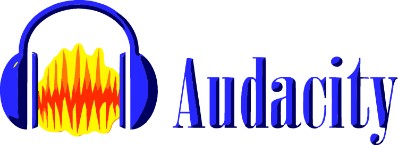 Audacity is still a destructive editing DAW (explained in the first paragraph),
so whatever punch-ins are performed overwrite and erase previously recorded
material. And that can be frustrating if the punch point isn't hit dead on,
often due to computer latency issues. If the voice comes in too soon (before
the punch point), the first syllable or word may be clipped off. The only
recourse is to hit [Un-do] and try again. Coming in too late is better, because
at the beginning of the punch-in there is some uselessly recorded material that
can be edited out. IMHO however, that makes Audacity's P&R implementation a
bit clunky to use. But better than the previous stair-step method used
to make corrections. For Audacity, this video shows a good instructional
example. Skip to start watching at 2:38. _________________________________________ 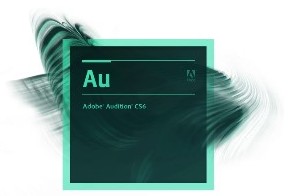 Meanwhile, Adobe Audition is a non-destructive DAW (all the
previously recorded material is still there to use – somewhere), so its implementation
of P&R leaves more wiggle room, as far as editing is concerned. _________________________________________  OcenAudio, like Audacity, is free to download and
use. And like TwistedWave, it only opens with a single track. Its
implementation of P&R can be done in both a destructive and non-destructive
way. Steven Jay Cohen's video covers both ways. (Note that the non-destructive
way simply pushes the previously recorded material on ahead of the punch
point. That's a little different than how other non-destructive DAWs perform.) Start watching at 4:02. _________________________________________  And here's one of George Whittam's videos on P&R
for TwistedWave. Start watching at 1:24. _________________________________________ 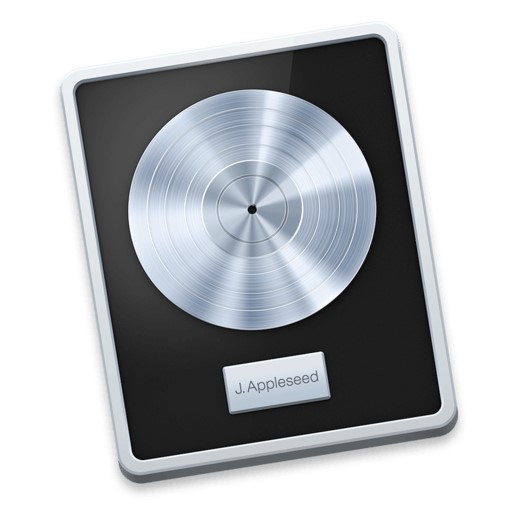 In Logic Pro X, as for some other DAWs, there quite
a bit of initial setup involved.
Check out this video. _________________________________________ 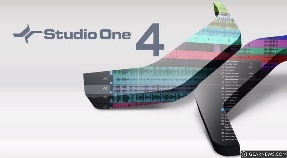 StudioOne Artist is
becoming a very popular DAW for voice-over talent. And who better to learn
P&R from but the S1 Guru himself, Don Baarns, in this video. _________________________________________ .jpg)
In ProTools, it's a kind of punch-in/punch-out thing.
This video explains it. However, ProTools is geared more toward correcting
mis-takes. Search YouTube for a specific P&R video. Since ProTools is the
800 lb. gorilla of DAWs, there's bound to be a ton of videos on P&R, mostly
music oriented. _________________________________________  Additionally, here is a link to an article on
P&R written by U.K. voice actor and audiobook narrator, C.C. Hogan. He
includes an instructional video using Cubase, a very popular DAW in Europe. _________________________________________  There are also tons of music-oriented instructional videos featuring P&R
for Reaper. However, my friend Steven Gonzales has created one specific to voice-over that is quite thorough and succinct. IMHO, performing P&R in Reaper
combines some of the best bits of most of these other DAWs, and really makes it
fairly quick and easy for the user to perform – or not perform at all if you
don't need to. Quite honestly, sometimes I don't want the pre-roll on for
P&R so that I can begin recording right from the time I hit [Record]
without waiting the 2.5 seconds that I've set as my pre-roll.
Also, Steven talks about Reaper's three record modes. I have my customized
version of Reaper set to [Record mode: time selection auto punch] as the
default. That record mode doesn't interfere with anything else I might need to
do. Correcting a mistake is as easy as dragging a time selection (highlighting
in other DAW parlance) over my mis-take, placing the play/record cursor back a
little way (in essence, setting a pre-roll), and hitting [Record]. The process
is very much like the previous ProTools video's punch-in/punch-out
method – with a twist. Steven shows you what that twist is. Here's your link to Steven's video. I would urge Reaper
users to watch the entire 26:17 – and all of Steven's other Reaper instructional
videos, for that matter. I watch then every now and then as reinforcement, and I
always pick up on something that I might have previously dismissed or overlooked.
TAKE TIME TO LEARN
In Summary: No matter what genre of voice-over you
perform – commercials, eLearning, narration and, most especially, audiobooks – Punch
& Roll is a process that you must take the time to learn and
perform, no matter which DAW you choose to use. Amanda Rose Smith, who has
engineered and mastered over 1,000 audiobooks and is one of the fiercest
proponents of Punch & Roll recording (as opposed to the dog
clicker method), relates a story about teaching an author (a veteran) with
no prior digital audio engineering experience how to use P&R to narrate his
own audiobook in a matter of 20 minutes. It ain't rocket surgery, people.
Learn it!
Use it!
---------------------------------------------------------------------- 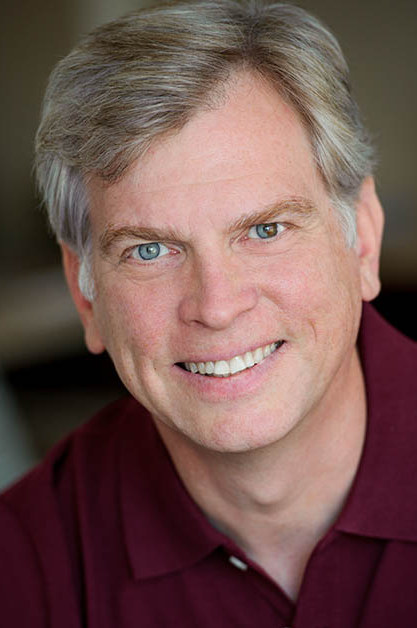 ABOUT JAMES ABOUT JAMESJames
Romick figures he's in the fourth or fifth phase of a 40+
year acting career, who "never in my wildest imagination did I ever
think that
I'd be recording and producing audiobooks at home in my den from a vocal
booth
I designed and built myself. While investigating the world of
audiobooks," he adds, "a
seasoned narrator once told me, 'Actors are natural storytellers.
Whether on
stage, on film, on TV, in commercials, giving instructions or just
telling a
good joke. Actors can also create unique and interesting characters.'
Hmmmm,
I thought. 'Been there, done all of that.' Audiobooks just seem like
another
aspect of this actor's creative outlet. Being a singer/musician and
taking a
9-month audio engineering course didn't hurt either."
James also offers tutoring in voice-over and audiobook recording, and a
PowerPoint presentation and accompanying PDF of the REAPER class he
occasionally presents at the SAG-AFTRA Foundation (EIF) Voiceover Lab in
New York City.
Email: jamesromick@msn.com Web: www.romicksvoice.com |
Tell Us What YOU Think!
Please Note: Since we check for spam, there will be a slight delay in the actual posting of your comment.
Comments (2)
Nina Murano
10/7/2022 at 11:12 AM
I am so looking forward to todays Zoom w James Romick! This article was so encouraging and hopeful.
Steve Black
5/6/2021 at 3:27 PM
Most thorough definition I've found. Well done!






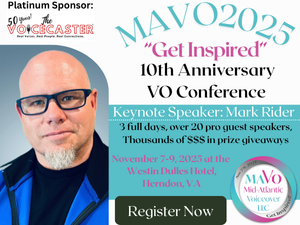


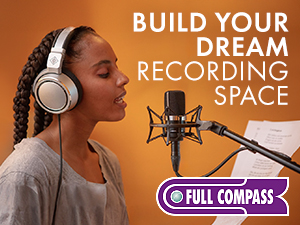
click for new article alerts